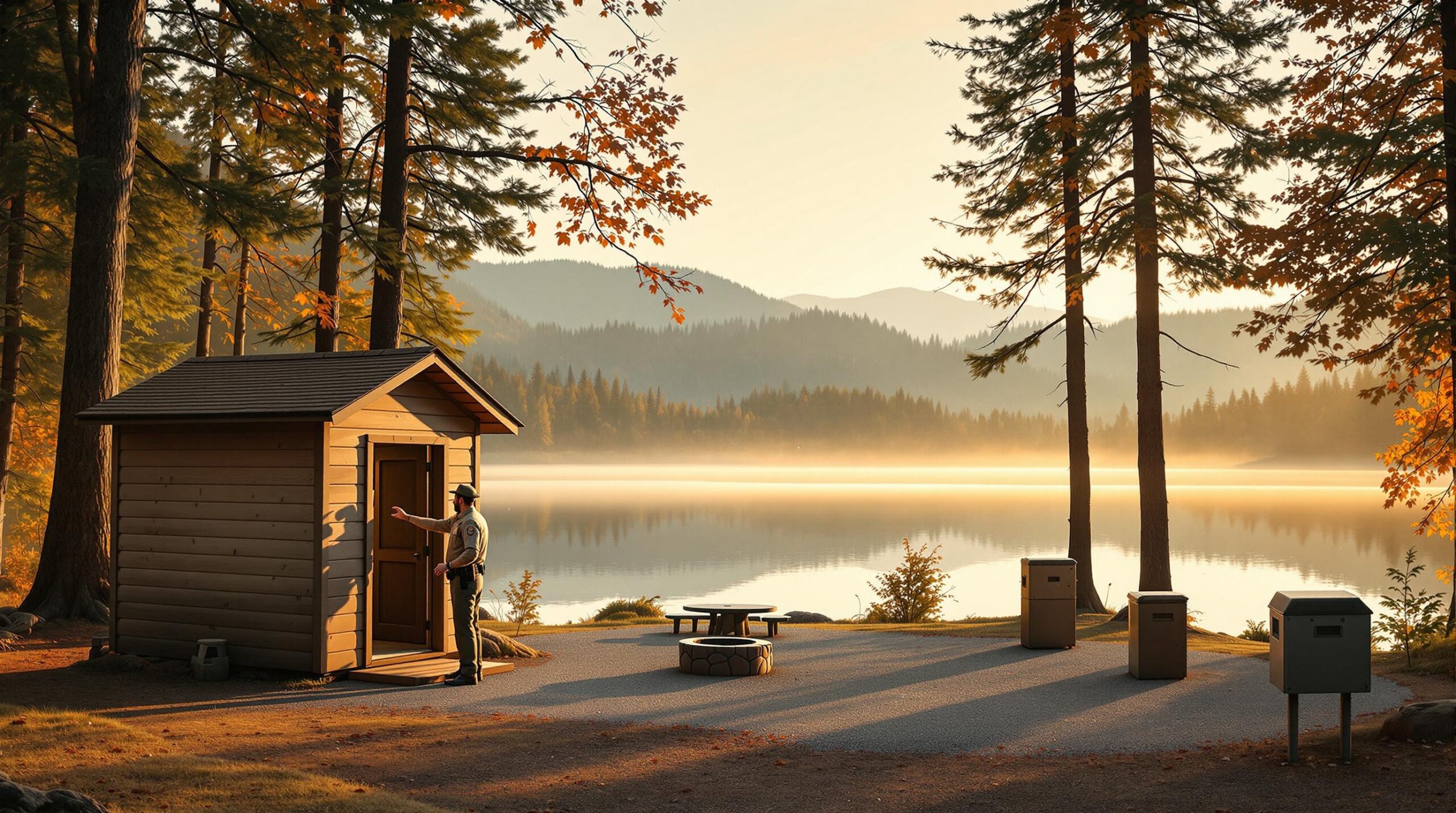New economic data on outdoor recreation in British Columbia outlines the sector’s broad participation, growing demand, and meaningful economic contributions, offering a detailed look at how residents engage with outdoor activities across the province.
The findings underscore the importance of recreation to community wellbeing and long-term regional vitality.
The research examines why people participate, the types of activities they choose, and the conditions supporting sustained engagement. It also reviews the barriers that limit access, creating a clearer picture of challenges faced by participants in different communities throughout British Columbia.
“This study offers a detailed picture of how and where people engage in outdoor recreation across British Columbia, who participates, why they do it, and which activities are most popular. The findings provide valuable insight into the social, cultural, and economic significance of outdoor recreation in the province,” a report from the Outdoor Recreation: Economic Insights explains.
The findings highlight the value of a coordinated approach to outdoor recreation management, emphasizing sustainability, inclusivity, and alignment with the needs of diverse communities.
“It also supports ongoing conversations about how BC invests in and maintains the parks, infrastructure, and services that make outdoor recreation possible,” the report adds.
According to the report, outdoor recreation plays a significant role in British Columbia’s economy, contributing CA$4.8 billion in 2023 and accounting for 1.5% of the province’s real GDP.
The sector generated CA$17 billion in total revenue last year, with CA$3.2 billion paid out in wages and salaries across the province. Its economic contribution extends to government services as well, providing CA$1.8 billion in provincial tax revenue and CA$186.3 million in municipal taxes that support infrastructure and community development.
Outdoor recreation is also deeply tied to quality of life and community identity in British Columbia. In 2022, 79% of residents participated in outdoor activities during the summer, while 69% did so in winter, with parks, hikes and beaches ranking among the most popular pastimes.
Proximity to these outdoor opportunities influences residential preferences, with 61% of winter participants and 54% of summer participants saying access to recreation helps determine where they choose to live. Motivations for participation range from having fun and getting out of the house to spending time with loved ones, relaxing, experiencing nature and staying healthy.
Spending related to outdoor recreation extends beyond the trail, with consumer expenditures split between core activities, which account for 40%, and related travel, accommodation, food and shopping, which make up the remaining 60%.


